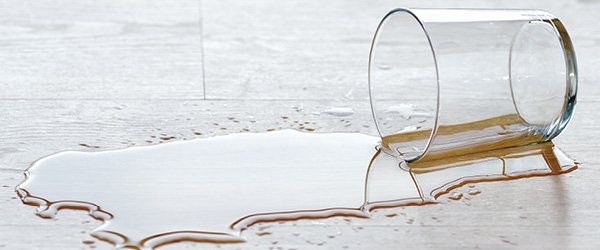Kidney Stone Treatment
Innovative Treatments to Relieve Pain & Breakup Kidney Stones
Kidney stones, sometimes called renal calculi, are formed when dissolved minerals build up on the inner lining of the kidneys. The stones, usually made of a calcium compound, can be so small as to pass unnoticed. However, they can also cause extreme pain in the abdomen, flank, or groin when passing through the urinary tract, or grow too large—even as big as a golf ball—for the body to excrete.
(Watch, as Robert Chan, M.D. answers two commonly asked questions: Will my kidney stone pass, and how long will it take?)
Kidney stones are a common cause of blood in the urine. Left untreated, the stones can become lodged in the ureter, the tube that connects the kidney and bladder, blocking the flow of urine. This is a life-threatening condition that can lead to kidney failure. Thankfully, there are many treatment options for kidney stones.
Treatment
Kidney stone treatment is both therapeutic and preventive. Treatment varies based on the location, size, and chemical composition of the stone. For smaller stones, physicians often prescribe pain medication and have the patient drink as much fluid as possible, to help flush out the stones.
-
Lithotripsy
This is the recommended procedure for stones that are relatively small but too large to pass through the urinary system. In this minimally invasive procedure, the stones are pulverized inside the body using shock waves. With the patient lying down, the physician presses the lithotripsy device against the patient's skin, using ultrasound or X-rays to locate the stone. As the lithotripsy device sends shock waves through the body to break up the stones, the patient feels a slight sting or tapping sensation. The stone fragments exit the body naturally through the urinary tract. -
Ureteroscopy
In this procedure the surgeon extracts stones through the urinary opening. An instrument called a ureterorenoscope allows the doctor to locate and visualize the stone, which can then be grasped with tiny tweezers or broken up into more easily passable fragments by shock wave or laser. -
Percutaneous Nephrolithotomy and Nephrolithotripsy
During these surgical procedures the surgeon makes a small incision in the back to reach the kidney. A miniature fiber-optic instrument called a nephroscope is threaded through the opening in the kidney so that the Surgeon can visualize and remove the stone. If the stone is removed intact through the opening, the procedure is called a nephrolithotomy. If the stone is too large or in a tricky location, the Surgeon uses high frequency sound waves to pulverize the stone and then vacuums it out with a suction device. This procedure is called a percutaneous nephrolithotomy.
While our urologists always consider minimally invasive options, sometimes traditional surgery is the optimum treatment. This is often the case for patients who have an anatomical abnormality, for large stones that would require repeat alternative treatments, or when less invasive approaches have been tried unsuccessfully.
(Need help choosing the right procedures for your Uretreal Kidney Stones? Watch, as Robert Chan, M.D. discusses ureteroscorpy vs extracorporeal shockwave lithotripsy)

.png)



